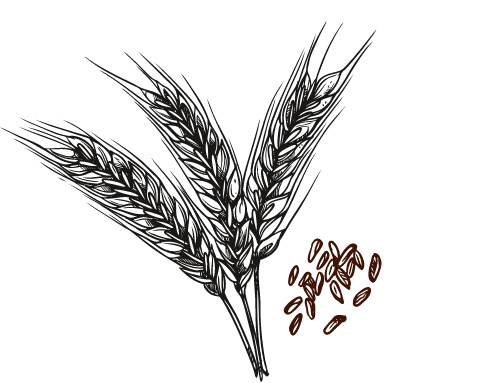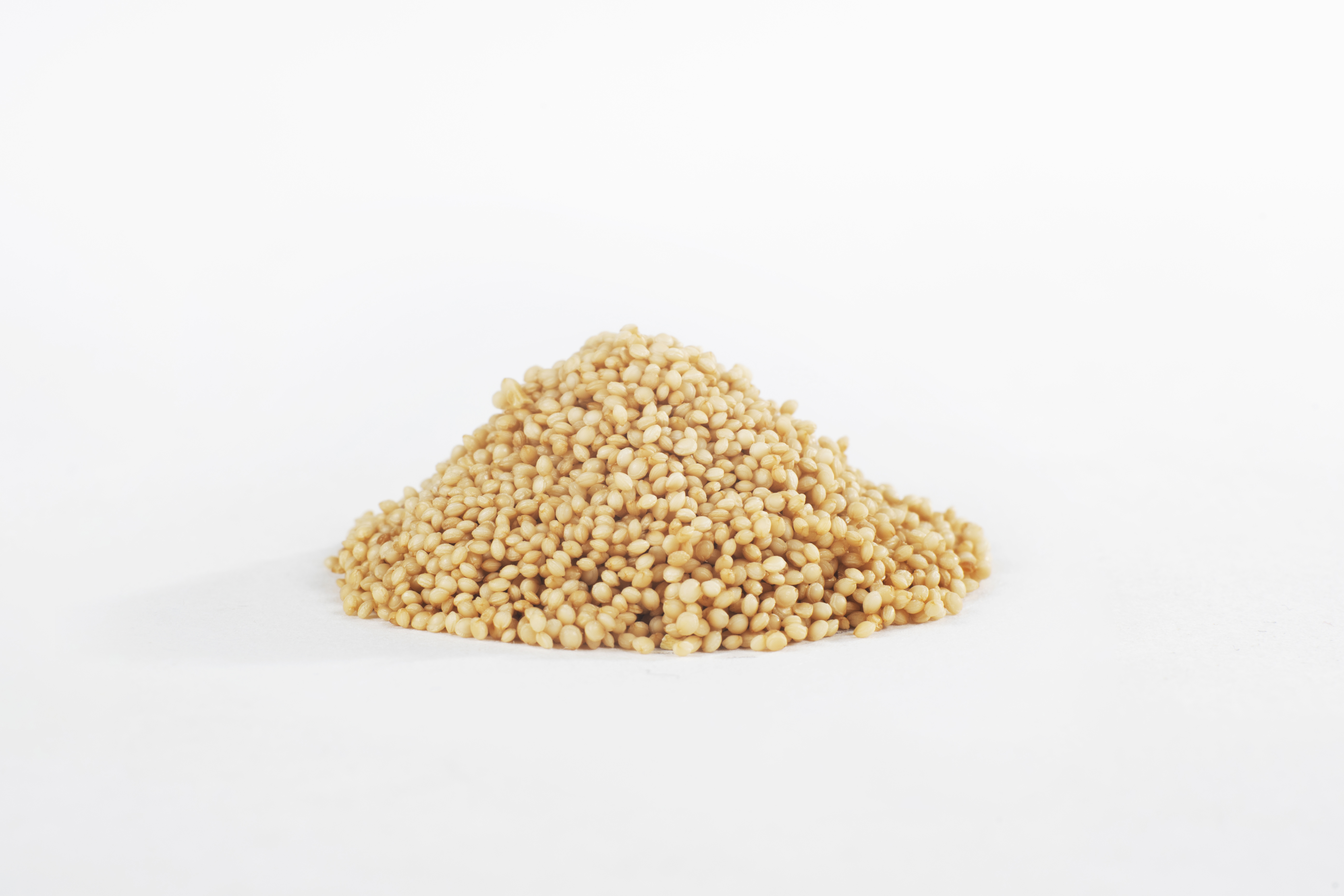Amaranth
History
Considered formerly like a "miraculous seed" by the Incas, the seed of amaranth is recognized today for its nutritional richness.
Plant of Mexican origin, the amaranth belongs to the oldest species of plants cultivated by man since it was discovered in the form of funerary offerings between 6700 and 5000 BC. Considered as a "miraculous seed" by the Incas, they granted it supernatural powers including that of prolonging life.
Portrait
The amaranth is an annual plant, robust, of 1 meter height, with whole leaves, alternate, with long petioles, hairless, with clear limb and with flat, oval or lanceolate edges, rather insignificant, veined, of purple green color. The flowers, very small, purple, sometimes form long, very tightly packed plumes, grouped in falling plumes. It flowers from August to November.
Derivatives
In a pan as popcorn, as a garnish, sprouted seeds.
Origin
Amaranth is native to South America. It was cultivated by the Incas as a cereal. They consumed its seeds. Its culture was abandoned after the arrival of the Spaniards in South America. It was consumed in the form of flour.
Usage
Amaranth seeds can be eaten without cooking, they can be cooked for 25 minutes in lightly-salted water, or even toasted and puffed in the pan like popcorn. Amaranth seeds, also known as “wheat of the Incas”, have a crunchy texture and a subtle, nutty flavour. You can eat them raw in muesli, porridge and soup. And, when cooked, they can replace cereals in vegetable dishes, gratin and sauces. If you want a touch of originality, you can even eat them like popcorn. Keep in a cool, dry and dark place.

















